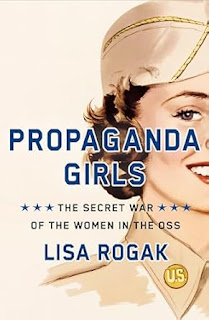
The entry begins:
Although none of my books have been optioned for film, I’ve had some interest, and it’s always fun to consider who might play my characters in a film adaptation. With my latest novel, The Artist of Blackberry Grange, which is set in the 1920s and centers on the experiences of a young caregiver who encounters a series of haunted paintings in her great-aunt’s mansion, I had some very strong ideas about who I would cast as I was crafting the novel.Visit Paulette Kennedy's website.
Sadie Halloran, my main character, is a down-on-her-luck former flapper seeking a fresh start and financial security as her great-aunt’s caregiver. I picture Saoirse Ronan as Sadie, because she has the emotional range, appearance, and Irish heritage to embody my heroine, just as I imagined her. Plus, Saoirse just looks like she walked out of the 1920s, and I’ve admired her acting ever since she played Briony Tallis in Atonement.
For Marguerite Thorne, Sadie’s great-aunt, an acclaimed artist now suffering from dementia, whose story in the novel exists in two different time periods—the Gilded Age and the 1920s—I would cast...[read on]
The Page 69 Test: Parting the Veil.
The Page 69 Test: The Devil and Mrs. Davenport.
My Book, The Movie: The Artist of Blackberry Grange.
--Marshal Zeringue










.JPG)

































